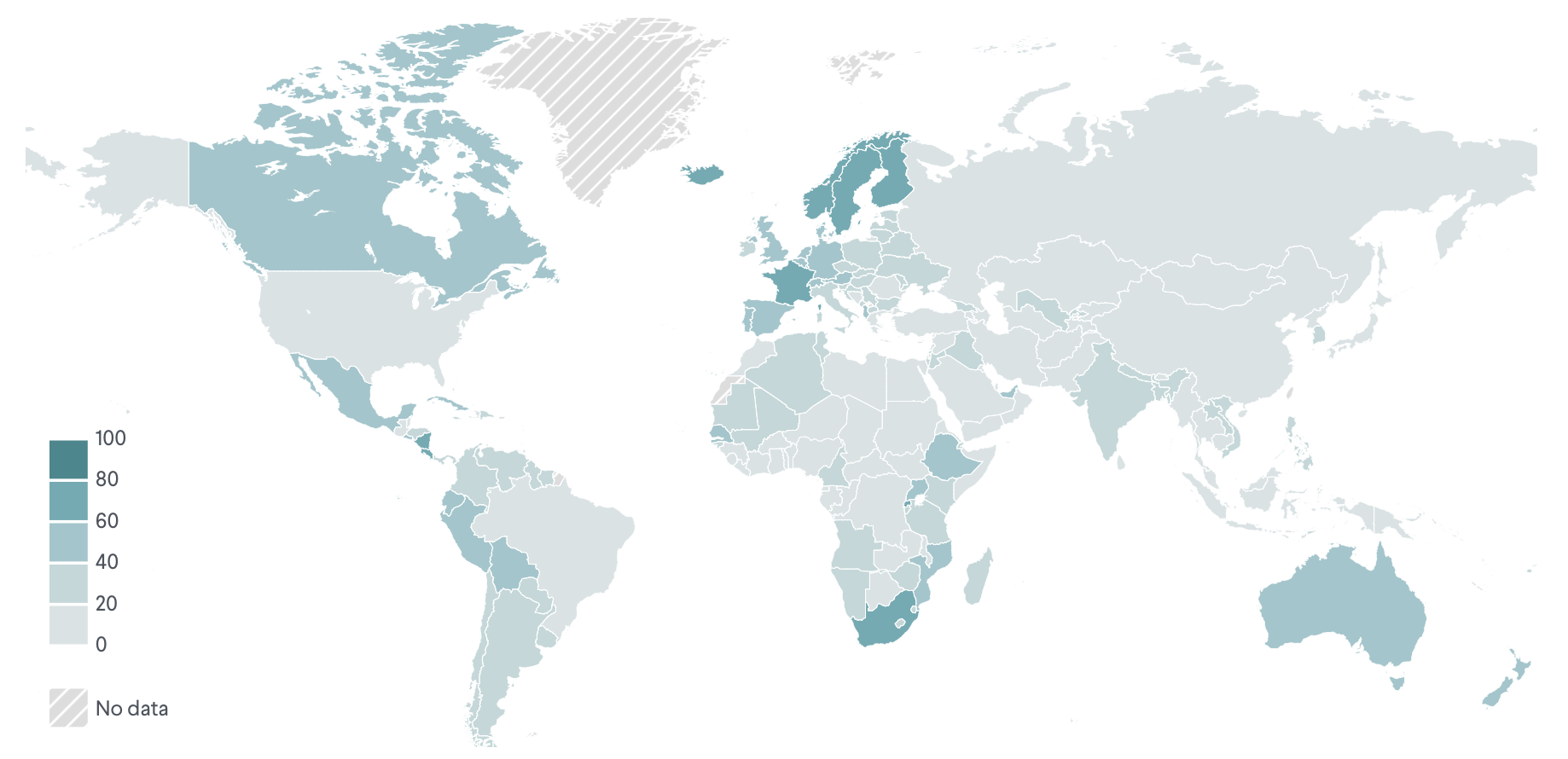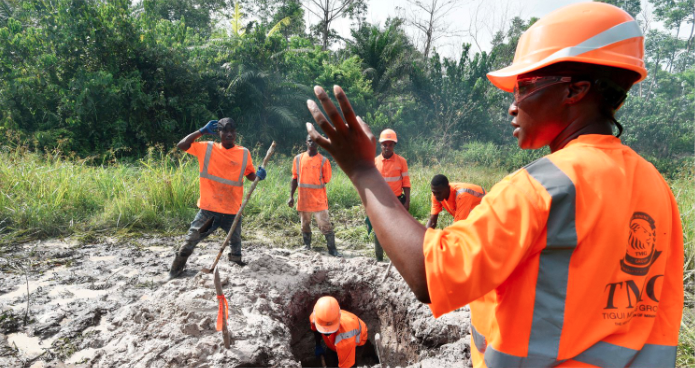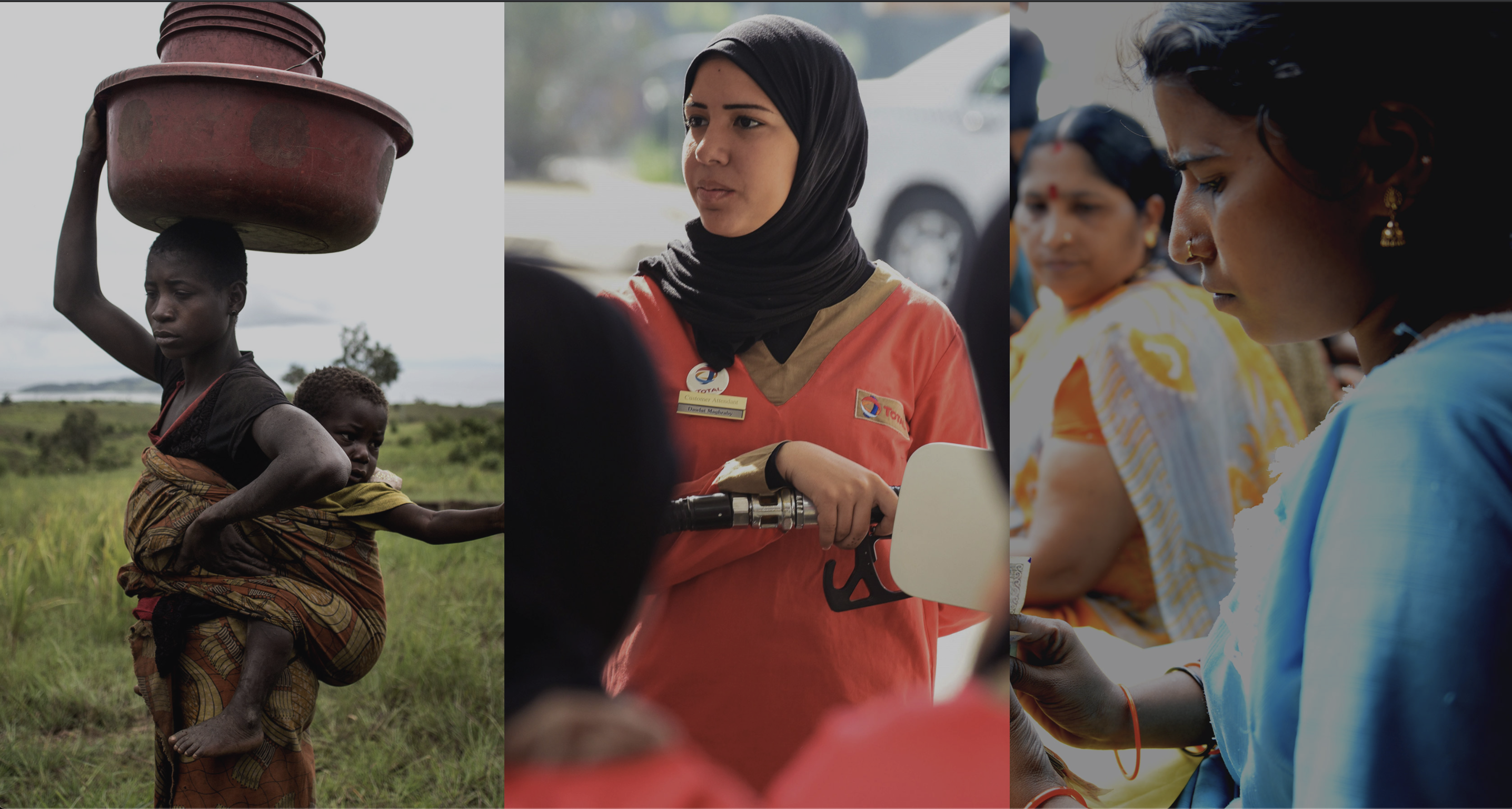Women represented 12 percent of delegates to the Sun City talks and helped to broaden the agenda and break through deadlocks in the negotiations.
A women’s caucus of Congolese and regional civil society leaders pressured the parties to reach an agreement and kept local communities informed on progress.
Since 1996, the Democratic Republic of Congo (DRC) has grappled with two waves of deadly civil conflict that have drawn in neighboring countries and claimed up to six million lives, either as a direct result of combat or due to conflict-related disease and malnutrition. Civilians have suffered gross human rights violations, including murder, torture, mass rape, and the recruitment of child soldiers. Diplomatic initiatives aimed at ending the country’s devastating conflict in the late 1990s and early 2000s included the Pretoria Agreement in December 2002 and the Sun City Agreement and its Final Act in April 2002 and 2003, which established a unified, multiparty government and set a timeline for democratic elections. Following these deals and separate agreements with Uganda and Rwanda, the conflict morphed from a regional war to a series of local insurgencies, particularly in the country’s eastern regions, fueled by vast mineral wealth and regional competition for influence. Despite a series of additional agreements from 2008 to 2013 with rebel groups and a regionally negotiated peace and security framework in 2013, hostilities continued. Presidential elections in December 2018 resulted in the first peaceful transfer of power in the DRC’s history, but election results were questioned and the new president, Félix Tshisekedi, inherited multiple crises across the country.
The 2002 Sun City talks illustrate many of the barriers women face in accessing formal peace negotiations as well as the unconventional strategies they employ to overcome those barriers. At the urging of the United Nations and the chief mediator to peace talks, the Congolese government and rebel groups agreed to improve women’s representation on their delegations, increasing the proportion of women from 2 percent of delegates in earlier rounds to 12 percent at the March–April 2002 negotiations (40 of 340 delegates). The female delegates were informally supported by a women’s caucus of Congolese and regional civil society leaders.
- Women
- Men
women
women
women
Women made a difference in the Congolese peace efforts in four ways.
Increased accountability. Women’s groups successfully fought against stalling tactics employed by negotiators during the talks. When it appeared that parties would back out of negotiations over a disagreement about procedural matters, forty female attendees to the talks held in Sun City, South Africa, formed a human chain to block the exits to the committee room, insisting that delegates remain until an agreement was signed. Women were “able to break through many of the deadlocks that [the men] otherwise could not,” former UN Development Fund for Women (UNIFEM) Executive Director Noeleen Heyzer observed.
Worked across lines. Women built coalitions across regional, political, and ethnic divides, calling for an immediate cease-fire and attention to women’s rights across the peace agreement. Dozens of female representatives of civil society groups met in Nairobi, for example, to collaborate on recommendations for an immediate cease-fire, inclusion of women’s rights in the peace process, and adoption of a 30 percent quota for women at all levels of government. As one peace activist observed, “We knew that we had to be together for the men to hear what we had to say.”
Broadened the agenda. Through the Humanitarian, Social, and Cultural Commission headed by the Liberian leader Ellen Johnson Sirleaf, women drafted proposals to create a national watchdog on human rights and set a 30 percent quota for women’s representation in decision-making bodies. These additions were later integrated into the country’s new constitution.
Built public support. Women reminded negotiators that they were accountable to communities in the DRC. The women acted as the “eyes and ears of ordinary people back home,” recounted Aningina Bibiane, a Congolese peace activist, and used “a strong press strategy to keep pressure on the parties and inform the Congolese people of what was happening.” This enhanced their credibility, reflected UN Special Envoy for Women, Peace and Security Bineta Diop, as “the men knew the women were in touch with the grassroots,” and women drew on this power in threatening to denounce the parties if they ended the talks without an agreement.
Although the Sun City talks succeeded in establishing a unified, multiparty government with Joseph Kabila as president, they did not end the conflict. Despite additional agreements from 2008 to 2013 between rebel groups and neighboring states, hostilities continue in the eastern region of the country, where numerous armed groups operate, civilians are targeted by rebels and Congolese security forces, and a sizable UN force struggles to keep the peace. Sexual violence continues to be widespread and largely unpunished. And despite the government’s commitments, women are still underrepresented in all levels of government and decision-making bodies, including in formal roles in the 2008–13 negotiations.
With rampant corruption, a weak economy, and a fragile political situation, the future of the DRC remains uncertain. In 2016, political violence and government repression increased as Kabila delayed general elections, extending his term past his constitutionally mandated limit. The government and opposition parties reached a political agreement for a democratic transfer of power by December 2017, but implementation has been slow, raising further concerns about insecurity.
“There have been a lot of killings and rapes and other human rights violations among civilians, particularly women and children. Women are the principal victims. That is why we had to stand up. . . . We used a strong press strategy to keep pressure on the parties and inform the Congolese people of what was happening. We prepared technical documents and position papers for the women delegates to use in the meetings, and met with the delegation leaders to try to be part of the decision-making.”
— Aningina Bibiane, Congolese peace activist and advisor to the Inter-Congolese Dialogue women’s caucus






